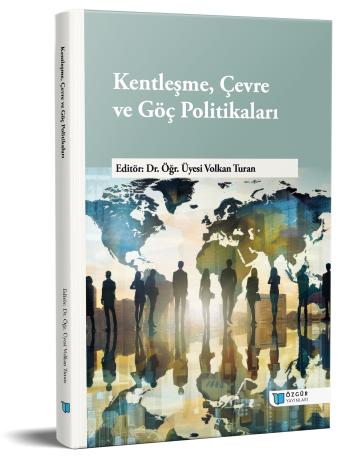
Water Sensitive Cities and Example Applications
Chapter from the book:
Turan,
V.
(ed.)
2025.
Urbanization, Environment and Migration Policies.
Synopsis
The widespread use of industrial production has significantly accelerated the destruction of natural resources for the capital's own benefit. This process of uncontrolled consumption of underground and above-ground resources has led to a deterioration in the ecological balance, especially in recent years. This deterioration, which causes climate change, is clearly demonstrated by problems such as increasing forest fires, increasing periods of drought, extreme weather events such as floods, storms and hurricanes, increasing air pollution, irregular precipitation and increasing average air temperatures. Part of the reason for this is that scientific discoveries, which increase geometrically, trigger the rate of population growth. The fact that the world population has reached ten digits has put pressure on all vital resources. Among the resources most affected by this pressure are fresh water resources. The growing population density, especially in cities, has created water scarcity and water pollution as a serious threat to humanity. As these threats to urban life have started to manifest themselves seriously in recent years, creating water-sensitive cities has become an important issue in itself. The sustainability of social welfare, strong economic relations and healthy functioning ecosystems is directly related to the optimal use of urban water resources. The idea of creating “water sensitive cities” has emerged as a result of such sensitivities.

